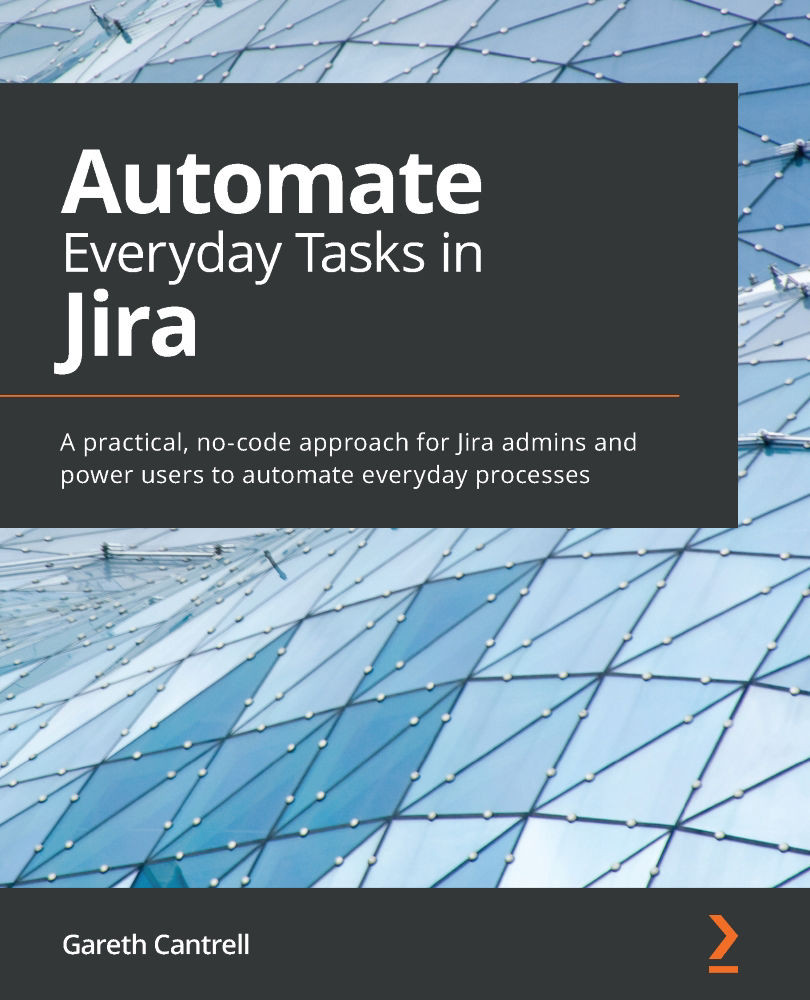Ensuring epics and stories are aligned
Working in software projects using the Scrum Agile framework generally involves having a hierarchy of issue types.
In a typical Scrum-based agile hierarchy, you will have epics that define larger pieces of work, or business requirements, which may span multiple sprints.
These are broken down into stories (or user stories), which are high-level definitions of the requirements that can be delivered in a time-boxed period or sprint.
Stories can then be decomposed into tasks, modeled as sub-tasks of the story, which are specific, measurable items of work required to get the story done.
In this section, we'll look at how we can use automation rules to keep the statuses of the issues in this hierarchy in sync so that when work is started on a sub-task, the linked issues above the sub-task move to the correct status without needing manual intervention.
Creating a rule to keep epics and stories synchronized
In this example, we...





































































